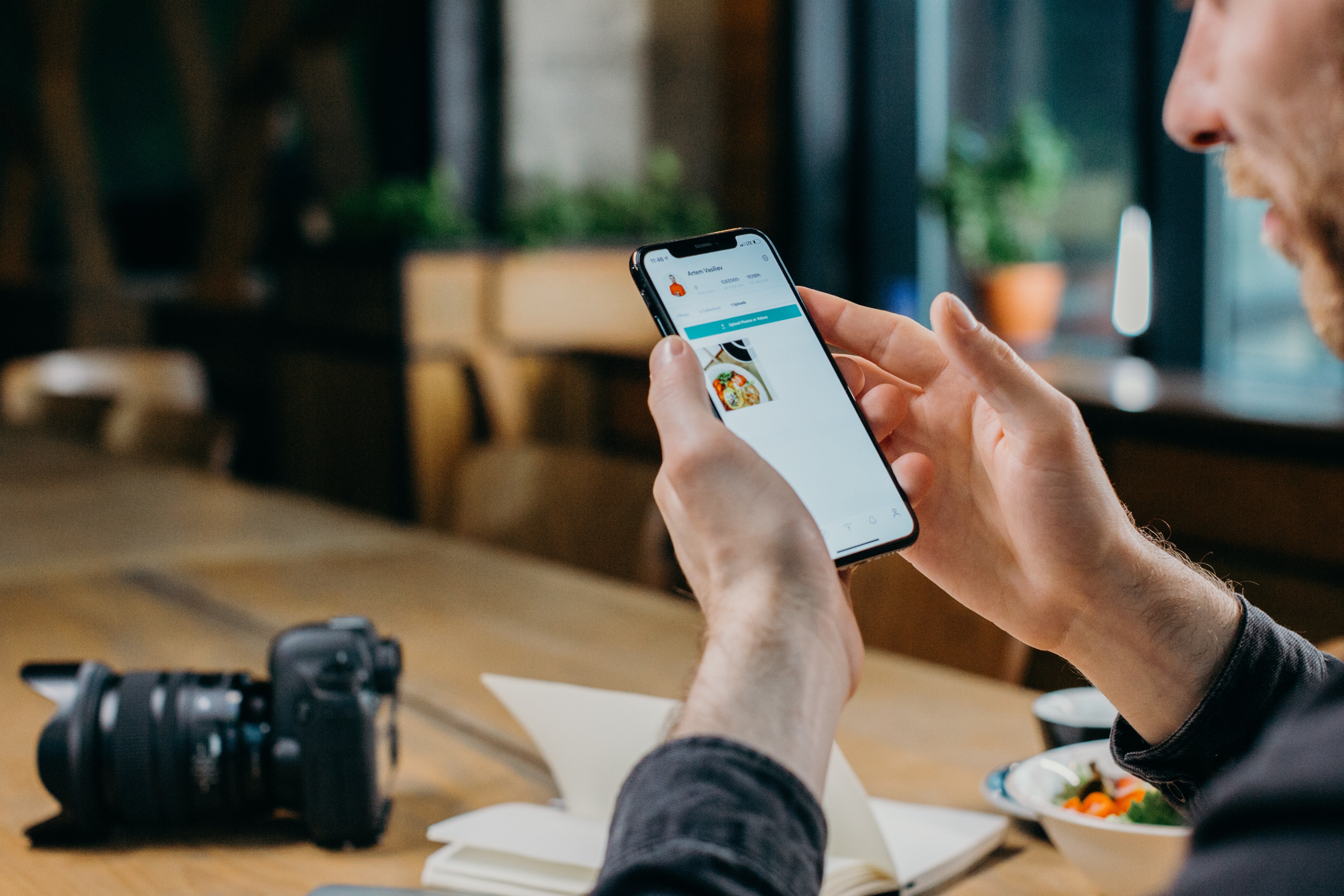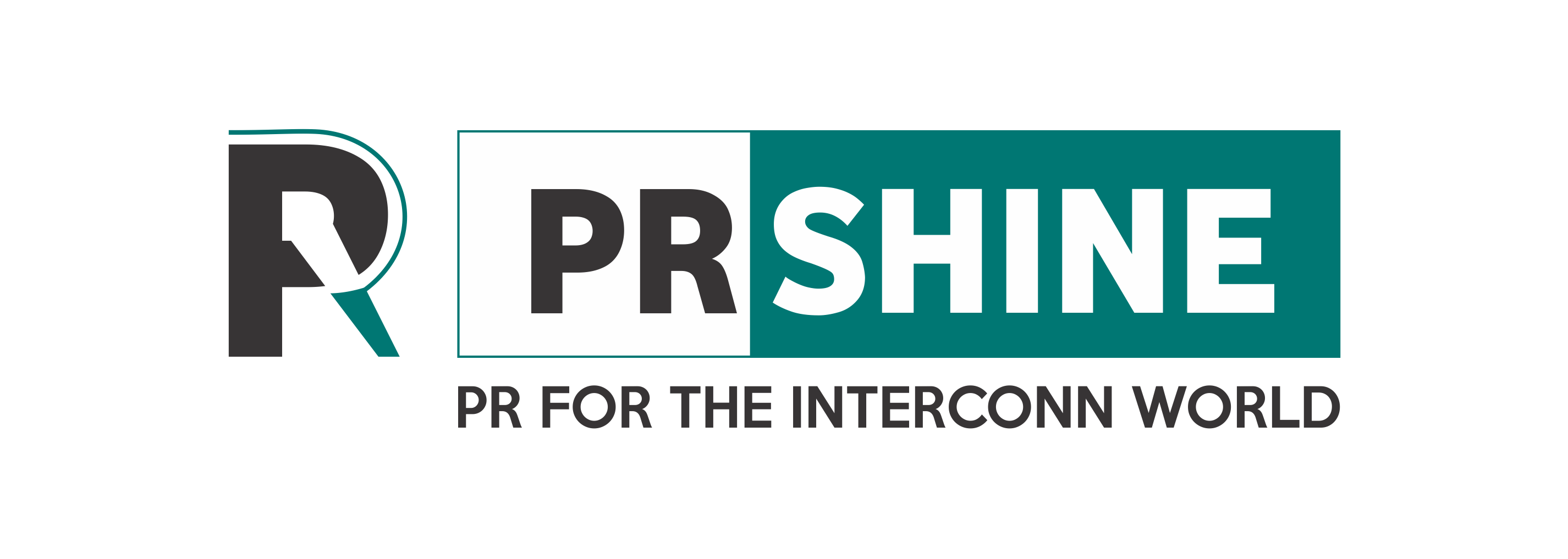The Future of Mobile App Design: Emerging Trends and Technologies to Watch"
Discover the emerging trends and technologies that are shaping the future of mobile app design. Stay ahead of the game and create engaging, user-friendly experiences.

Do you know that currently, approximately 3.4 million mobile applications can be downloaded from Google Play and nearly 2.09 million from the App Store? That’s interesting, right?
In today's increasingly connected world, mobile applications are important for businesses seeking meaningful connections with their consumers and prospects. Employing the services of a professional app design agency can be a game-changer, providing businesses with the necessary expertise to create apps that effectively communicate with users and promote the adoption of new products and services. As a developer or business owner, staying up-to-date with the latest mobile app trends is vital to remain competitive in the market.
Statistics
Here are some impressive statistics that show how the growing use of mobile devices contributed to the industry's incredible expansion.
- According to Ericsson & The Radicati Group, 6.64 billion smartphone users will be globally in 2022.
- Over 2.09 million applications in the iTunes Store and about 3.4 million in Google Play can be downloaded for mobile devices.
- Statistics show that people downloaded mobile applications 275 billion times in 2022, up 42% from 2018.
- 88% of mobile time is spent on applications, a huge rise from a few years ago.
Latest Mobile Trends
5G
The advent of 5G heralds a new era of wireless networking, delivering unprecedented speed and reduced lag compared to its predecessors. This technological leap is set to transform mobile application design by enabling more intricate and data-rich app experiences. With 5G, mobile apps will be empowered to effortlessly stream high-definition video, facilitate real-time multiplayer gaming, and offer a gamut of other data-intensive features that were once deemed unfeasible on mobile devices.
Dark mode
In an application's user interface, a dark mode is a display option that uses darker hues rather than lighter hues. Due to its ability to reduce eye strain and extend the battery life of OLED-equipped devices, this fashionable color scheme is gaining traction in the field of mobile app development. A growing number of mobile applications now include a dark mode feature that lets users choose between light and dark themes.
User-Centered Design:
User-centered design, or UCD, is a design methodology that prioritizes the wants and needs of users throughout the design process. This methodology entails conducting thorough research to comprehend users' objectives, requirements, and preferences and then developing an application that fulfills those needs. UCD is gaining immense traction in the mobile app development domain as businesses recognize that designing with users in mind leads to more efficient and successful applications.
Voice user interface:
Speaking is a more natural way to interact with mobile apps than swiping or tapping the screen. Therefore, voice recognition technology is actively penetrating applications. Voice User Interfaces (VUI) is a step toward a better user experience. Today's VUIs and voice assistants can handle simple tasks like searching for information on the web or changing phone settings.
Personalization:
The importance of personalization in the design of mobile apps is growing rapidly, primarily due to the fact that users expect applications to meet their specific needs and preferences. Content recommendations, user interfaces, and notifications are all examples of personalization's many manifestations. Artificial intelligence and machine learning have enabled apps to learn from user behavior and adjust accordingly, which has fueled this trend.
Minimalism:
Minimalism, a design approach that accentuates simplicity and functionality, is gaining immense popularity in mobile app development. Users prefer user-friendly operations that are easy to navigate, making minimalism an ideal design philosophy to adopt. It involves eliminating redundant features from the user interface, similar to redundant texts and graphics, and prioritizing the core factors.
Motion Design
Users of your application may become impatient with complex and stable structures that facilitate engagement. One solution to this is Motion Design. The idea is to "grab" the user's attention. Animated design icons help with interactivity, engagement, animated movement, and macro interaction. For example, Appinventiv's UI/UX experts added advanced mobile design features to the Domino app, resulting in a 23 percent conversion rate. App navigation planning features also save your users time and direct them to a great experience.
Augmented Reality and Virtual Reality:
Augmented Reality and Virtual Reality An increasing number of operations are incorporating Augmented Reality and Virtual Reality features, and this trend isn't going away. The mobile augmented reality (MAR) Allied Market Research estimated the market to be $12.61 billion in 2020. It is anticipated that it will reach $184.61 billion by 2030. Applications using AR/VR offer incredible possibilities by enhancing real-world environments with digital objects. AR and VR were primarily used in video game applications a few years ago (remember the phenomenal success of Pokemon Go?) and marketing campaigns designed to captivate and awe customers.
Sustainability
Sustainability is an essential factor that is gaining importance across all design domains, including mobile app development. Mobile apps have a substantial environmental impact regarding energy consumption and electronic waste. To counter this, mobile app designers are incorporating sustainability factors into their design processes, such as implementing energy-efficient coding practices and easily designing apps that are recyclable.
Accessibility
Users with disabilities expect to be able to use the same features as non-disabled users, so accessibility is becoming an increasingly important factor in mobile application design. Examples of accessibility features include speech rotation, high-contrast mode, and assistive touch. Versatile app developers are gradually integrating transparency features into their apps so that all customers can access their apps.
Conclusion
In conclusion, new trends and technologies point to a bright future for the mobile app design industry. These services significantly influence the development of the graphic designing service industry. The user experience, security, and accessibility are all being improved by these advancements in mobile app design, such as personalization and sustainability. As the business keeps advancing, we can expect further pivotal improvements that will upset our daily utilization of portable applications.












